For years, attending college has been a core element of the American Dream. Within the past decade, however, higher education, once considered to be the ticket to a successful career, has lost its shine to many younger generations. Why is that? One reason may be found in looking to the data on higher ed outcomes. According to data from the Pew Research Center, millennials are the most educated generation, but the least employed. And upcoming college-aged students are taking notice. Colleges used to be able to rely on their laurels to draw in students, promoting the campus experience, athletics, and diverse courses. But in this day and age, the glamorous bits of college are not always the main priority for skeptical high schoolers. The name of the game is practicality.
Students in Generation Z are always watching and observing. They hear the gripes of skill-poor millennials and see staggering tuitions that don’t line up with wages. It’s created an environment in which one in five high school students say they may not choose to go to college. To successfully attract and retain young students, colleges must change the way they sell. The focus is no longer the allure of the institution, but honing in on the reason students should attend college at all. One of the ways college and universities can tackle this strategy is by concentrating on employability, real world skills, and the payoff of a college investment.
Storytelling
Young generations have a hawk eye for authenticity. Rather than grandstanding about rankings, colleges are wise to let students take the spotlight. Not only are high schoolers eager to identify with students they relate to, but they also want to see stories of students who have overcome adversity at the institution.
Take for example the nine colleges in California’s Orange County area, which are among the most diverse and effective in California. With eight colleges and one continuing education center, this collection of community colleges has witnessed great success by using Strong Workforce Program dollars to promote the workforce-readiness of its graduates.
Home to incoming high schoolers, returning adults, or people just looking to enhance their skills, Orange County’s community colleges have struck gold in telling the stories of its impressive students. Graduate Communications’ FutureBUILT campaign capitalizes on this storytelling model through a culmination of ads, newsletters, articles, and social media posts that promote impactful student stories which reinforce the various career education programs at the colleges. The campaign tells the heartwarming story of Fabiola Fuentes, an immigrant student who realized the college experience wasn’t out of her reach at Saddleback College; Matthew Marvick, who grew tired of working three low wage jobs, and attended Irvine Valley College to become an electrician; and many others across the colleges.
The community…and future students…are responding. Enrollment in Orange County’s community college career education programs grew within the first two years of the campaign by more than four percent while traditional program enrollment shrank by nearly the same percentage. And even in today’s COVID environment, thousands of potential students are visiting the website, chatting with colleges, and enrolling in career education programs. These stories, combined with Orange County’s cost-effective programs, give prospective students a lot of ammunition to explore their future possibilities.
Resiliency
Young millennials and older Gen Z’s have the unfortunate experience of living through two economic disasters. Job security seems a thing of the past in the eyes of college-aged students. With nothing guaranteed, students are paying attention to industries and roles that will stand the test of time.
This fact has been statistically reinforced by the report released by California Community Colleges, Los Angeles Orange County Regional Consortium, and Centers of Excellence for Labor Market Research. The report, which examined the industries and occupations that are considered recession-resilient, identified only 92 industries out of 1,000 in Orange County that fit the designation. Even more alarming, only 35 occupations out of 800 are considered recession-resilient in the area.
This data is important for community colleges in all areas to keep in mind. Like we mentioned above, Generation Z is always watching, and they’ll be looking for programs that fit the resiliency bill. The report recommends that community colleges prioritize programs, credit and noncredit, that train for occupations that are recession-resilient, pandemic-resilient, and middle-skill jobs. Higher education marketers would be smart to focus on programs and skills that will serve students for years to come.
Affordability
It should come as no surprise that with $1.7 trillion in student debt nationwide, prospective students are fervently shirking exorbitantly high tuitions. Community colleges have a leg up where cost is concerned. Students are looking for low cost, high reward programs to ensure success a career that offers a living wage. It’s a simple strategy – but effective.
That’s the approach we used with Compton College’s fall 2021 career education campaign, which emphasizes that good paying jobs are in-demand and available locally. All potential students need is the right skills training and/or certificate to get there. Concentrating on the “right skills” was an important element, as industries are often updating their standards and practices. By marketing Compton College’s Career Education programs as industry-certified and industry-recognized, students felt assured that their degree or certificate wouldn’t be rejected come job search time.
In building the college’s career education website and designing their ads, we also paid mind to weaving in real data with each message, providing job growth statistics, average salaries, and other valuable statistics to give prospective students confidence in the program and career path. This worked two-fold in that high school students could learn more about the opportunities in alternative paths and returning adult students could realize opportunities for career changes or upskilling.
Competition within education is at an all-time high, and students are choosy. No matter the lofty reputation that comes with your name, colleges must market to students about the programs and possibilities that will lead them to fulfilling employment.
If you’re ready to get started promoting your career education programs, contact Graduate Communications today.
How Serving Students with Dignity and Respect Can Improve Equity










